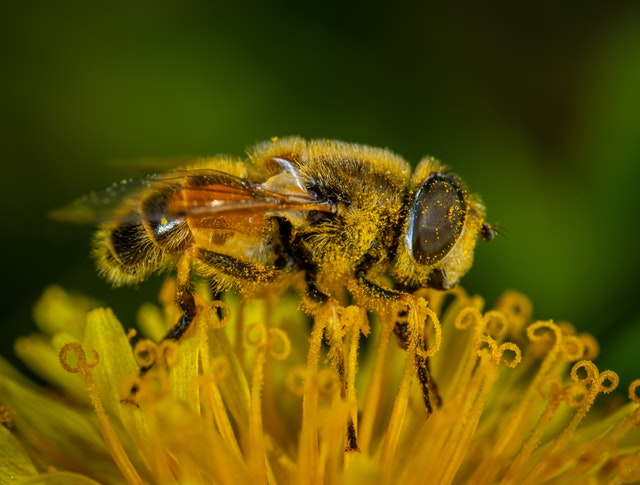If you suffer from allergies, you are not alone
It is estimated that over 40 million Americans suffer from seasonal allergies and some experts are calling this spring “the worst season ever“. And depending upon where you live can affect the intensity of your allergies.

For the ninth consecutive year, non-profit patient organization the Asthma and Allergy Foundation of America (AAFA) has publicized its top 10 list of worst American cities for allergies. After researching 100 of the largest metro areas, researchers analyzed three factors: pollen levels in each city (counted by Pollen.com); 2010 retail sales of prescription and over-the-counter allergy medicines per capita (provided by IMS Health); and the number of board-certified allergists per patient (based on the American Board of Medical Specialties database).
This spring, Knoxville, Tennessee wins the top ranking as the city with the worst allergies. It’s elevated pollen levels and high usage of allergy medications gives Knoxville this honor for the second year in a row.
“In general, there is more of an allergy problem in the South,” says Michael Kaplan, an allergist at Southern California Permanente Medical Group in Los Angeles. “The Southern states get more light and humidity, and there are a variety of trees that are known, allergy producers.”
Other cities that made the top 10 list are Charlotte, N.C. and the top 10 are located in the Deep South. Charlotte, N.C. and Jackson, Miss., where Claritin and Benadryl seem to be making shopping lists “must-haves“.
According to Beth Corn, director of the Allergy/Asthma Clinic in New York’s Mount Sinai Medical Center, “light and warmth are related to pollen releases. As soon as things warm up, the trees start to pollinate and then your immune system gets revved up,” she says. “Thus, warmer Southern states may have a longer and more intense allergy season, starting with pollen production as early as April and followed by grass and ragweed into August.”
As one of the most common chronic illnesses in the U.S., allergies can be passed from one generation to the next. Pet dander and tree pollen often irritate and stimulate the immune system to release histamine, causing itching, sneezing, runny nose, and watery eyes. According to the American Academy of Allergy, Asthma, and Immunology, seasonal allergies result in 12 million physician visits a year and $11.2 billion spent on allergy treatments.
If moving from these allergy-prone cities is out of the question, there are some suggestions for allergy relief. Get tested to find out what you exactly you are allergic to and buying over the counter products such as an antihistamine, eye drops, and saline to rinse your nasal passages. Abstain from outdoor activities between 10 a.m. and 2 p.m., the height of pollen production, and keep all doors and windows closed. When you return from outside, it might be a good idea to change your clothes and wash up. If symptoms continue after three or four days, consult a physician.
Worst Cities for Allergies:
1. Knoxville, Tenn.
2. Louisville, Ky.
3. Charlotte, N.C.
4. Jackson, Miss.
5. Chattanooga, Tenn.
To see a complete list of the top 10 American cities that can claim the highest allergy rates, click here.



